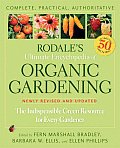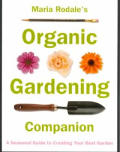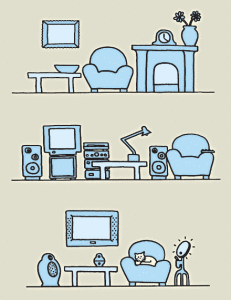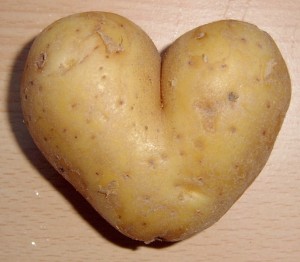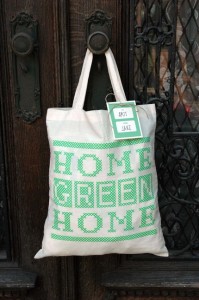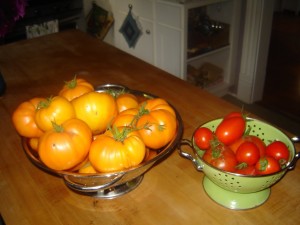
“In the Spring, at the end of the day, you should smell like dirt.” – Marget Atwood
My kiddos agree.
Spring is such a glorious season, and my favorite part is getting out in the garden! I love when it’s finally warm enough to spend the majority of our family time outdoors. It’s also exciting to teach them as the plants begin to grow with our
favorite kids’ garden books
.
Growing your own food is one of the best ways to reduce your carbon footprint, as the average produce has traveled
1500-2500 food miles
to reach your plate. Plus, it really helps you eat what’s in season and growing organic food is a great way to connect with the environment.
It also a very cost effective way to feed your family healthy food.
As you can see from my harvest of tomatoes last year, a few productive plants can provide an abundant harvest. If you can harvest for just a few weeks you’ll easily reap a return on your investment. Although I’ve never actually tried to quantify my “garden investment,” and hope this season to track it better.
Including soil amendment, this past weekend I spent $65 to get my garden started: tomatoes, basil, eggplant, celery, onions, leeks, potatoes, spinach, lettuce, cucumber, green beans, and dill. I had previously planted broccoli, cauliflower, shallots and garlic. I also have an herb garden with marjoram, oregano, curry, parsley, thyme, sage, peppermint, lemon-balm and lavender. We also have blueberries, strawberries, raspberries, rhubarb and apples.
The best advice that I’ve ever gotten is to plant what you love to eat!
You can make your garden even really budget friendly by starting from seed. Although I have to admit that I’m choosing mostly starts this season, since last year I ended up loosing almost all of my seedlings after getting sick. Until my kiddos get a little older and can truly help out with the seed process, I need to stick with the instant gratification of getting beautiful starts in the fresh Earth.
Gardening does have a steep learning curve, but don’t be intimidated. I learn more every year; last year my leeks didn’t produce much and I just realized that I didn’t plant them deep enough. My gardening “bible” is Rodale’s Ultimate Encyclopedia of Organic Gardening The “companion” workbook is also very helpful, as it provides a handy place to plan your space, log your planting dates, and make garden dreams a reality
Maria Rodale’s Organic Gardening Companion.

